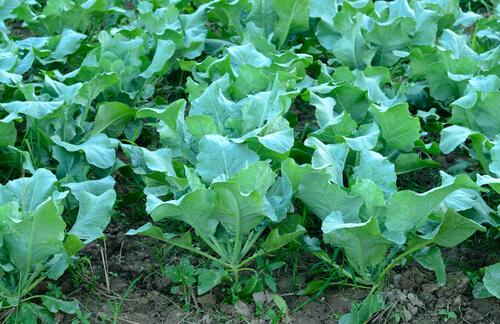
Cauliflower is a part of the cruciferous family. This is the same as broccoli. Both of these vegetables contain a wide variety of nutrients including antioxidants, minerals, vitamins, as well as other phytochemicals.
Cauliflower provides a good source of riboflavin, thiamin, protein, vitamin K, magnesium, fiber, phosphorus, folate, vitamin B6, potassium, manganese, and pantothenic acid. Cauliflower also contains numerous antioxidants, which are important for your health overall.
When it comes to growing cauliflower in your garden there is some good news as this crop is relatively easy to grow and the benefits of having fresh cauliflower available for your dinners throughout the summer are numerous. If you are planning a garden and trying to decide what you want to include, cauliflower should definitely be on your list. It will provide you with many wonderful meals and side dishes throughout the season.
Here are several tips on how to grow cauliflower in your home garden.
1. When to Plant
Cauliflower is considered to be a cold-weather crop. This is because it does not do well in temperatures that are above 80 degrees F. While this vegetable does require a bit more attention and care than other types of vegetables, if you do a bit of preplanning it can be a very good cool weather crop.
You should begin your seeds in the latter part of the summer if you are growing the vegetable outdoors. You can also plant cauliflower indoors in a cooler spot such as a cellar or a basement.
If your local temperature does not go below 20 degrees F, you can grow cauliflower outside during the winter months and then harvest the vegetables during the spring months.
It is important to make sure that you remember that cauliflower will not grow well in weather that is too hot, so if you are in a subtropical climate, growing cauliflower may not be the best choice.